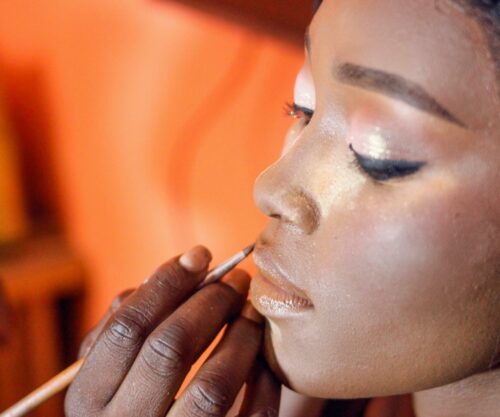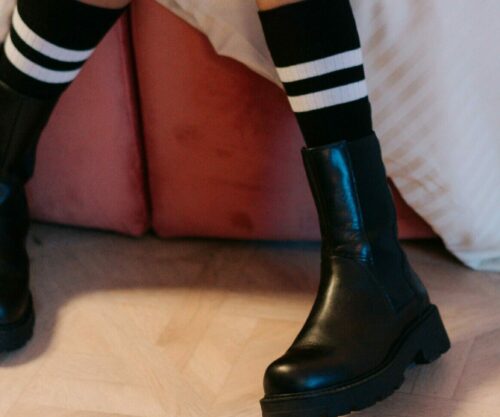
Many of us have heard of this term before without quite understanding what it means. For all those natural crowns, the term porosity is quite an important one as the porosity of your hair will determine many other things about your hair and some of the changes that you will be required to implement.
What is hair porosity?
Hair porosity refers to “measurement of the hair’s ability to absorb and hold moisture,” shares Clever Curl – a group of Australian curl specialists. Which refers to the ability of your hair being able to retain moisture and hydration. Clever Curl further explains that hair porosity is “largely determined by genetics but can also be altered by external factors such as heat and chemical processing.”
Hair porosity test
One of the few well-known tests that can determine the porosity of your hair is referred to as the float test. This test does not guaranteed to give precise results but does however work as a precise presentation that will depict how hair porosity works.
The float test to determine hair porosity
To get results from this test be sure to:
- Fill a glass up with water and drop your hair strand in it.
- Allow the strand of hair to sit in the water and observe the position of the hair.
Now note:
- If the hair sinks to the bottom, then your hair is high porosity.
- If the hair strand floats then you are group amongst those with low porosity.
- If the hair strand positions itself somewhere in the, middle of the water then it indicates you may have medium porosity.
View this post on Instagram
High porosity hair is characterised by:
- Frizz.
- Dullness and tangles.
Low porosity hair is characterised by:
- Takes quite long to dry.
- Usually accumulates product on the surface on the hair.
Medium porosity hair is characterised by:
- Minimal breakage and split ends.
- Can hold a curl pattern
Also see: Summer-friendly inspired hairstyles




